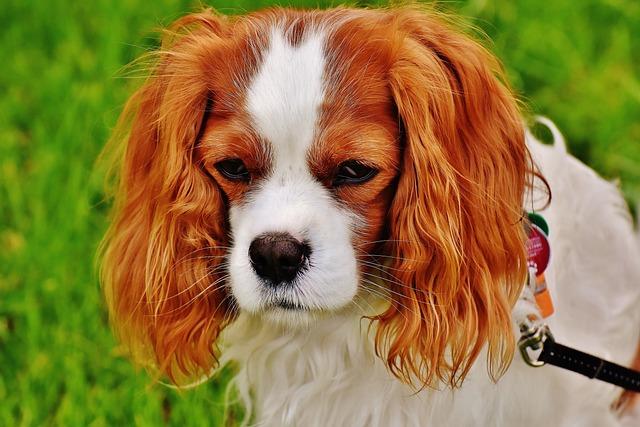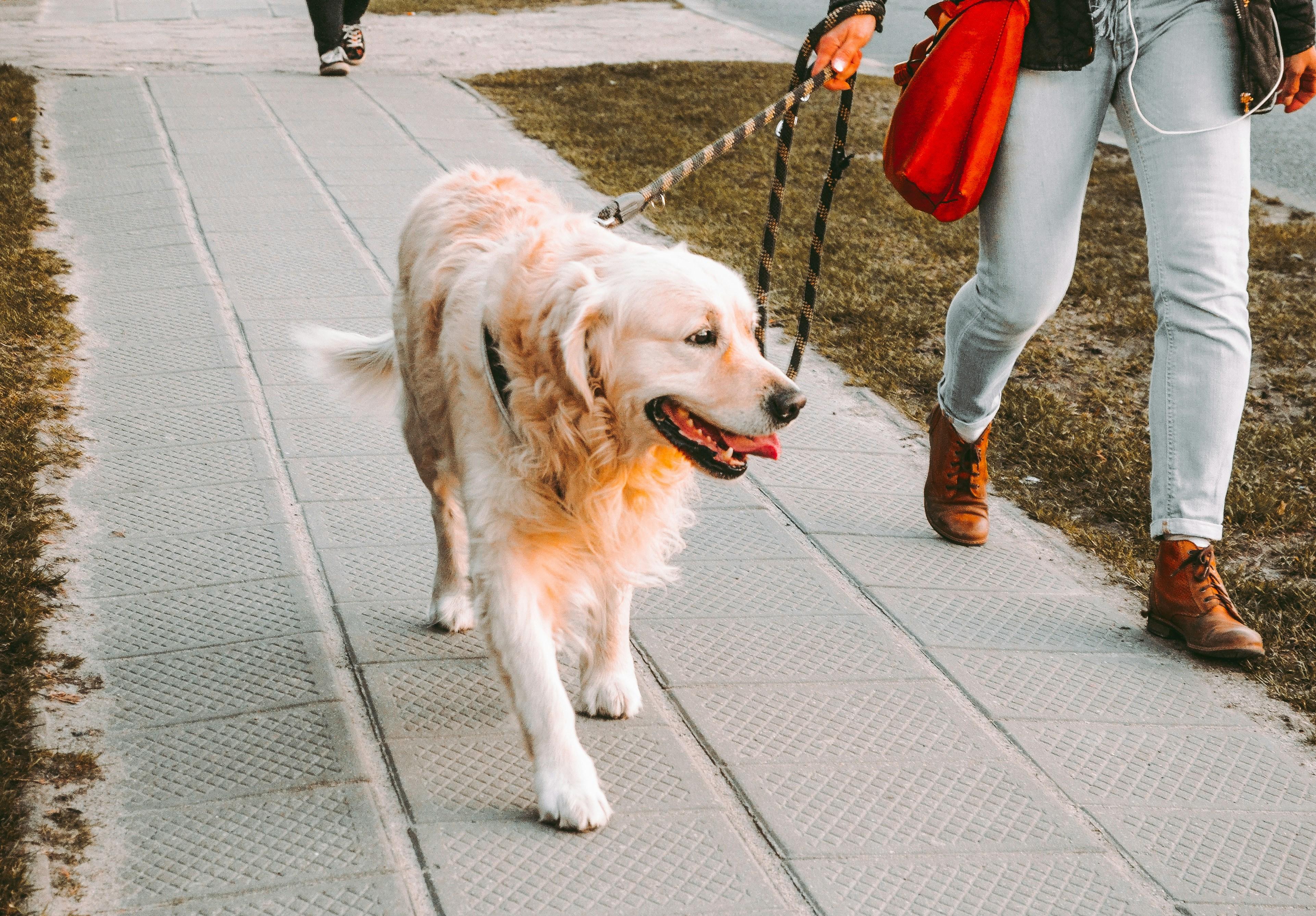Is It Safe to Socialize Dogs in Off-Leash Areas

In the world of wagging tails and playful barks, off-leash areas are often seen as canine paradises, where dogs can roam free, unburdened by the constraints of leashes. These spaces promise a realm of socialization, exercise, and freedom for our four-legged companions. Yet, nestled within this idyllic setting is a question that tugs at the minds of many pet owners: Is it truly safe to socialize dogs in these unfettered environments? As we delve into the dynamics of off-leash areas, we explore the delicate balance between liberty and safety, uncovering the benefits and potential pitfalls of allowing our dogs to engage in these communal spaces. Whether you’re a seasoned dog owner or a curious newcomer, join us on a journey through the lush fields of off-leash parks, where the joys of canine interaction meet the realities of responsible pet ownership.
Understanding Off-Leash Dynamics Exploring Canine Social Behavior Evaluating Safety and Risks Tips for a Positive Social Experience
When venturing into off-leash areas, it’s crucial to understand the complex web of canine social behavior. Dogs, much like humans, have unique personalities and social cues that dictate their interactions. Observing these dynamics can be both fascinating and essential for ensuring a safe environment. Dogs communicate through body language, including wagging tails, play bows, and even subtle ear movements. Recognizing these signals helps owners assess whether an interaction is friendly or if tension is brewing. It’s important to remember that each dog’s comfort level varies, and what works for one may not work for another.
Evaluating the safety and risks associated with off-leash interactions involves being proactive and prepared. Here are some tips to ensure a positive social experience for your canine companion:
- Know your dog’s personality: Is your dog shy, bold, or somewhere in between?
- Start slow: Gradually introduce your dog to off-leash areas, allowing them to become familiar with the environment.
- Stay attentive: Keep an eye on your dog’s interactions and be ready to intervene if necessary.
- Respect boundaries: Understand that not all dogs are comfortable being approached, and teach your dog to respect these cues.
- Practice recall commands: Ensure your dog responds to commands, providing a reliable way to manage situations.
By embracing these strategies, dog owners can foster a harmonious and enriching off-leash experience, minimizing risks and enhancing social bonds.



